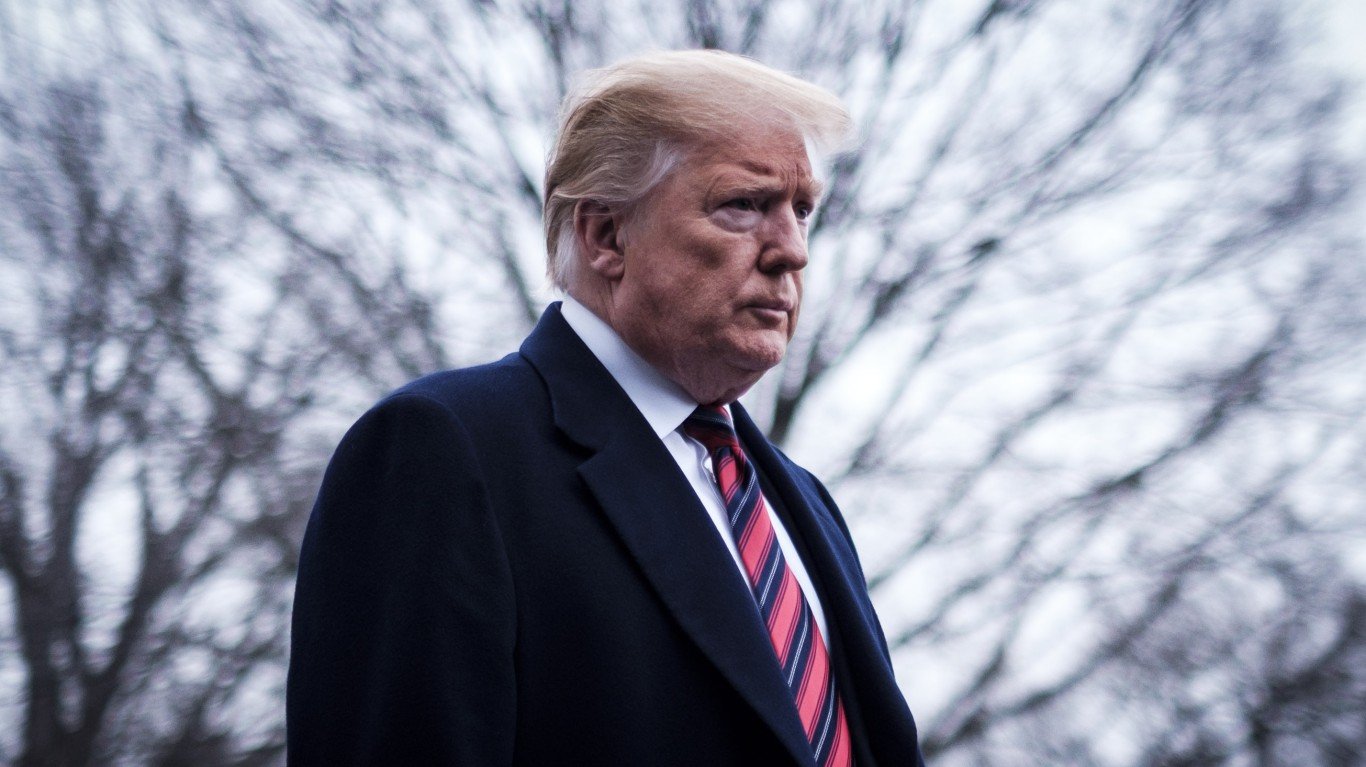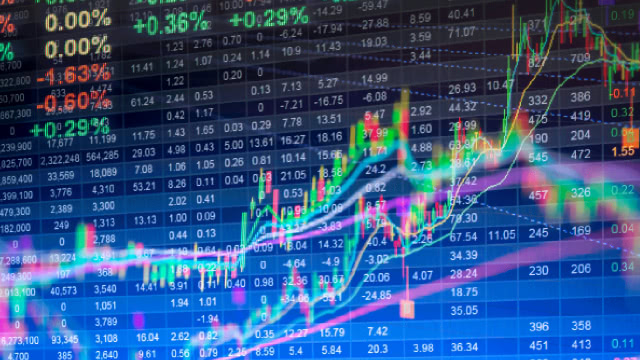It was a bloodbath for stocks in the back half of last week and so far today as investors had two full trading days to digest the implications of Trump’s Liberation Day and the long list of reciprocal tariffs. Indeed, the pain may not be over quite yet, as various impacted nations look to respond, either with retaliatory tariffs or commentary that’s sure to add fuel to what could become a nasty global trade war.
Tariff turbulence could be here to stay, but don’t be so quick to give up on stocks.
Low-volatility international ETFs have done a better job of holding up in recent weeks. Is more relative stability ahead?
Are you ahead, or behind on retirement? SmartAsset’s free tool can match you with a financial advisor in minutes to help you answer that today. Each advisor has been carefully vetted, and must act in your best interests. Don’t waste another minute; get started by clicking here here.(Sponsor)
With China recently slapping a 34% punitive tariff of its own, it seems like the stakes have been raised in a tit-for-tat trade war that could outdo the one endured under Trump’s first term. It’s hard to tell how all the tariffs end and whether negotiations will lead to anything constructive. Either way, it’s hard to forecast anything other than pain at this most uncertain junction. Still, that doesn’t mean it’s a time to hit the panic button, especially since cooler minds tend to prevail at times like this.

Though Trump has been known to be a tough negotiator, he has a tough decision on his hands as he ponders how much downside in the stock market, which Trump previously used as a gauge for performance, he’ll be willing to bear before taking a step back on tariffs. Indeed, it’s alarming when Trump says things like he won’t back down or that he’s not looking at the stock market. Of course, investors should expect nothing less than a tough, firm stance when in the process of negotiations.
After all, it’s in the best interest to look firm as the first rounds around the negotiating table play out. As retaliatory tariffs come out, the stage seems set for more volatility in the coming sessions. But, in due time, markets will price in a catastrophic scenario.
With a high chance of a recession now being factored in by markets, perhaps the negativity is starting to become overblown, especially since heftier tariffs could mean more incentive to take swifter action to negotiate and reach a deal that would be in the best interest of both sides. Indeed, the hope is that reciprocal tariffs don’t last longer than a quarter to cause a magnitude of structural economic damage that would make it harder to recover from.
In light of last week’s selling spree, I believe the long-term game plan remains the same: stay the course. If you’re undiversified internationally, are overweight tech and underweight defensives (healthcare, staples, utilities), or haven’t touched gold amid its hot run, perhaps it’s time to course correct, even if it entails less upside in a massive market reversal, which, I believe, is still possible if negotiations play out faster than expected.
Either way, it’s a profoundly uncertain time. And the fate of the economy depends on whether a deal can be made and when it’ll be in the books. Though it’s hard to shoot in the dark, playing defense with a low-volatility international could help beef up check two boxes — international diversification and low beta — for an under diversified portfolio that’s not quite ready to ride out the storm we suddenly find ourselves in. The iShares MSCI EAFE Minimum Volatility ETF (EFAV) stands out as a great option that could help lessen the impact of any future tariff-fueled falls.
With a 2.94% yield and a 0.78 beta, the ETF, which focuses on Europe, Australia, and the Far East, the EFAV could dampen volatility that may continue to be heavily concentrated in the U.S. markets. Thus far, shares have retreated less than 5% from 52-week highs, far less than the 17.5% lost by the S&P 500 and the horrific 21.5% shed by the Nasdaq 100.
Of course, even a minimum volatility factor ETF won’t be entirely spared when push comes to shove as investors race to the exits. For instance, shares tumbled 4.2% on Friday as China slapped 34% tariffs of its own on U.S. goods. In any case, diversifying across many fronts, I believe, remains a good idea, especially if the U.S. stock market continues leading the way lower.
It’s terrifying out there. But staying the course, diversifying further, and playing some defense for a change (if you haven’t done so already) could make the rocky road somewhat more bearable. Of course, even the lowest-beta international ETF won’t take all of the pain away, but if it
Start by taking a quick retirement quiz from SmartAsset that will match you with up to 3 financial advisors that serve your area and beyond in 5 minutes, or less.
Each advisor has been vetted by SmartAsset and is held to a fiduciary standard to act in your best interests.
Here’s how it works:
1. Answer SmartAsset advisor match quiz
2. Review your pre-screened matches at your leisure. Check out the advisors’ profiles.
3. Speak with advisors at no cost to you. Have an introductory call on the phone or introduction in person and choose whom to work with in the future
Thank you for reading! Have some feedback for us?
Contact the 24/7 Wall St. editorial team.
Financial Market Newsflash
No financial news published today. Check back later.


